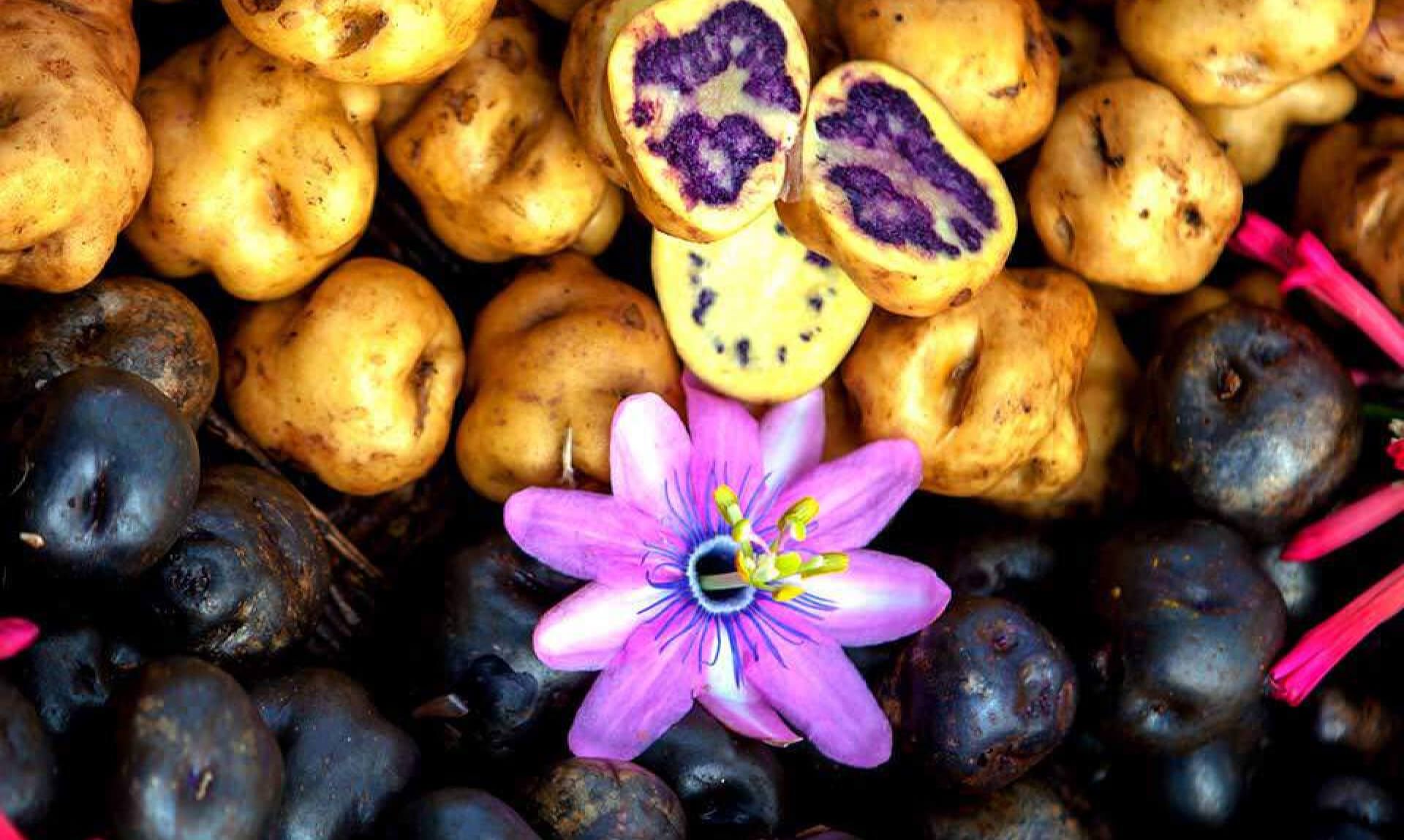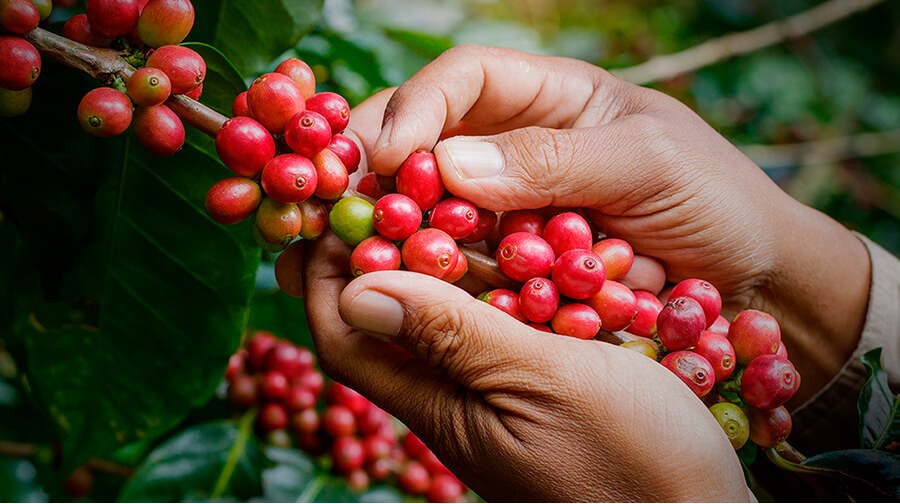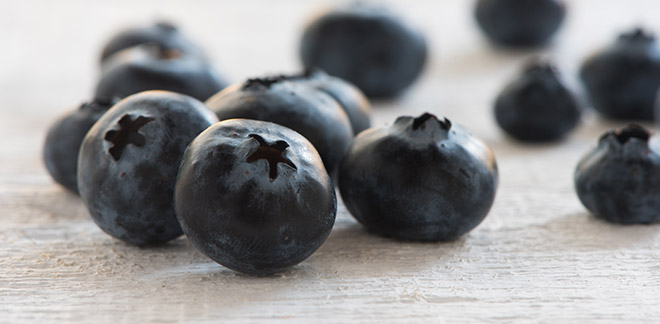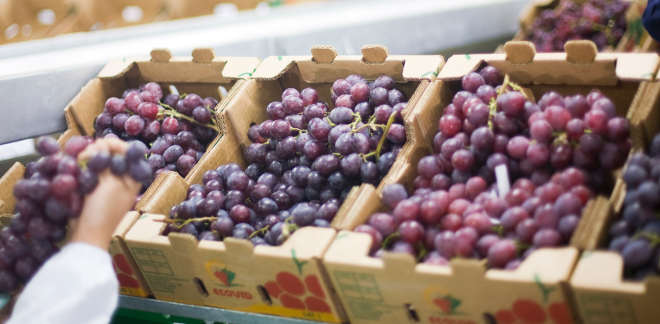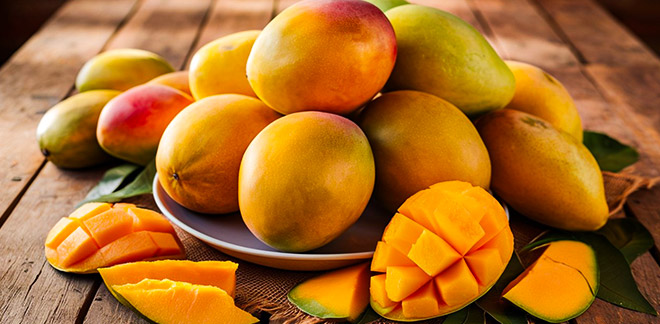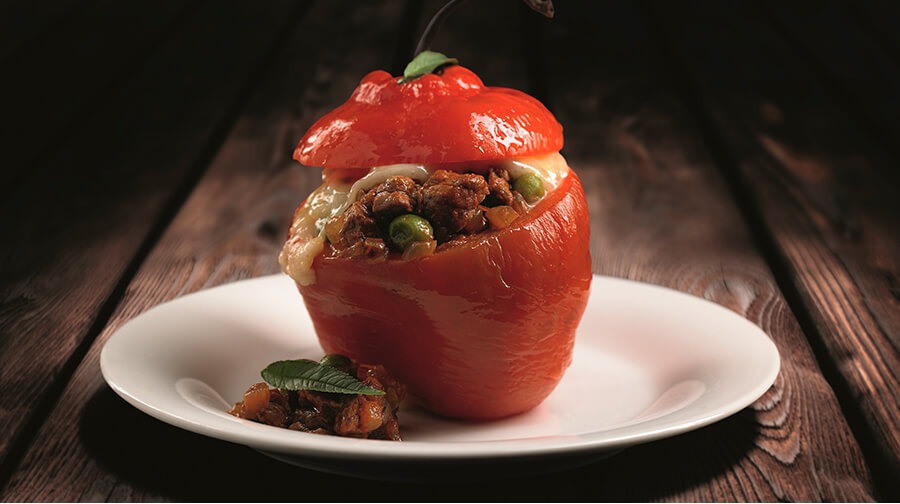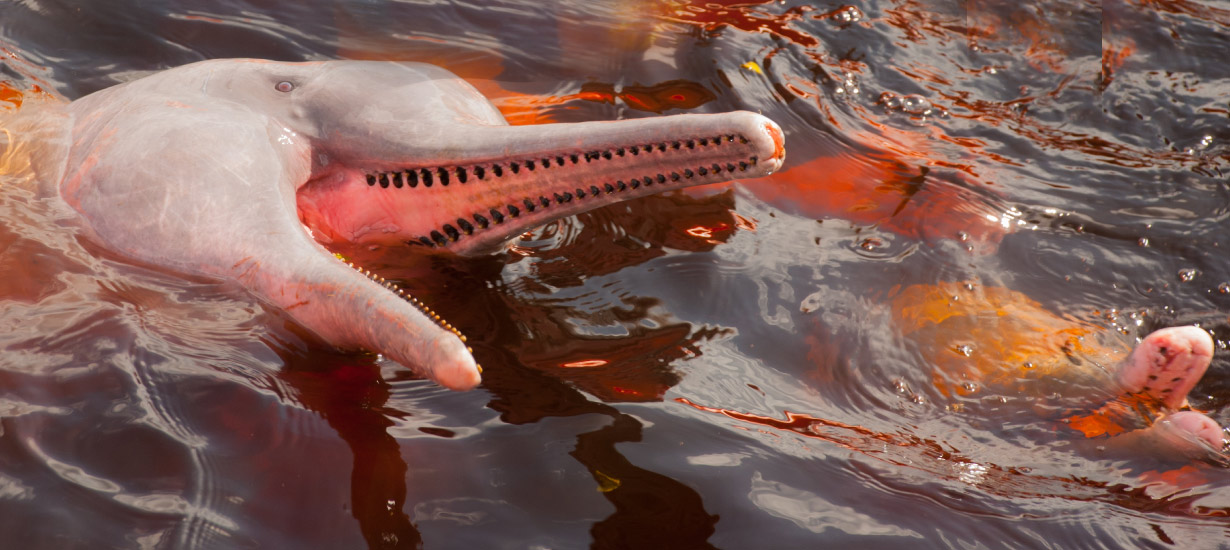Notes and Nuances of Peruvian Coffees
Síguenos en:Google News
Coffee is the second most consumed beverage in the world, with demand developing rapidly and production constantly increasing in Peru. In fact, Peru is one of the nine countries with the largest coffee production in the world.
Our regions have the right climatic conditions, humidity, soils and an optimal elevation for the production of quality coffee beans, producing a perfect beverage that generates unique sensory experiences.
This is why last year, with the aim of contributing to the global positioning of Peruvian coffee, the Government presented the 'Cafés del Perú' (Peruvian Coffees) brand to the world. The brand was created to distinguish the diversity, specialty and origin of coffees from our regions, which are capable of producing the finest and most select varieties in the world.
To complement this positioning strategy, a sensory map of coffee was in addition created. This project, with the participation of producers, specialists and professional tasters, made it possible to identify the notes and nuances that characterize the specialty coffees from our main producing regions.
A Sensory Map of Coffee
What is it and why is it important?
A sensory map offers us a graphical representation of the different profiles of Peruvian coffees so that we can discover their aromas, tastes, flavors and textures. It is a document that provides information on the production process, the region of origin, and the special features of the product.
It is important for the country because it allows us to identify the attributes of the coffees from the main producing regions, such as: Amazonas, Ayacucho, Cajamarca, Cusco, Huánuco, Junín, Pasco, Piura, Puno and San Martín.
The creation of a sensory map also provides our country with a tool for trade promotion in a dynamic and competitive market, allowing us to present clients with relevant information about the characteristics of the coffee we offer.
According to Ana Salazar, a coffee taster for the National Coffee Board (JNC) who was part of the group of experienced tasters who supported the implementation of the project, a sensory map is an excellent tool for the international market.
"It will allow them to search for regional coffees according to their distinctive characteristics and it will allow this to be valued in prices. Peruvian coffee deserves to be recognized and awarded prizes, but if we don't present it, how will they discover it? And what better way than presenting it by regions (as other countries do), specifying their production volumes and how much there is of each type. I think that it’s a great marketing tool and way of presenting it to the world", says Salazar.
Peru, producer of specialty coffees
The sensory analysis carried out in the project was based on specialty coffees, which through their aromas and flavors showed the characteristics that distinguish them according to their region, and their main attributes, distinguished in the sensory map as floral, fruity, sweet, chocolate, nuts, spices, body and acidity.
It is important to note that the Specialty Coffee Association of America (SCAA) defines specialty coffees as a product that has the distinctive attributes of quality, a specific origin, ideal conditions and the care and effort of the producer.
Thanks to its soil, climate and altitude, Peru produces specialty coffees which are highly valued in the world market. "Specialty coffees have distinctive characteristics that differentiate them from ordinary coffees because of their flavor, acidity and body; that’s what makes them special," explains Ana Salazar.
"We can say we have coffee for all tastes. People looking for full-bodied or very chocolaty coffee can find it in the southern region. If they want it to be more fruity, more intense and with a higher acidity, they will find it in northern and central Peru. That's what's interesting about trying these coffees and making a quality map, because Peruvian coffee has a wide range of qualities and we can define a profile for each region", points out the JNC specialist.
Did you know?
- According to the ICO (International Coffee Organization), more than 1.4 billion cups of coffee per day were consumed in 2018.
- Peru ranks eighth in the world as an exporter of coffee in general.
- Peru is the third largest producer of organic coffee in the world.

